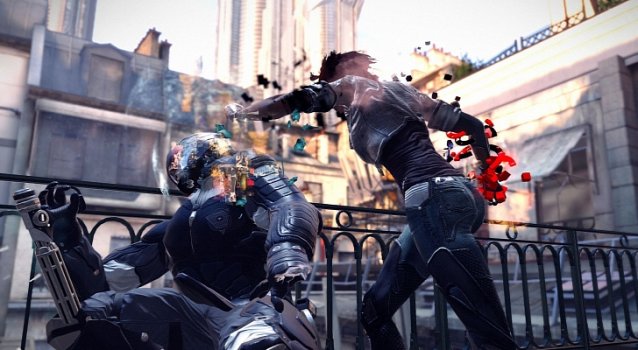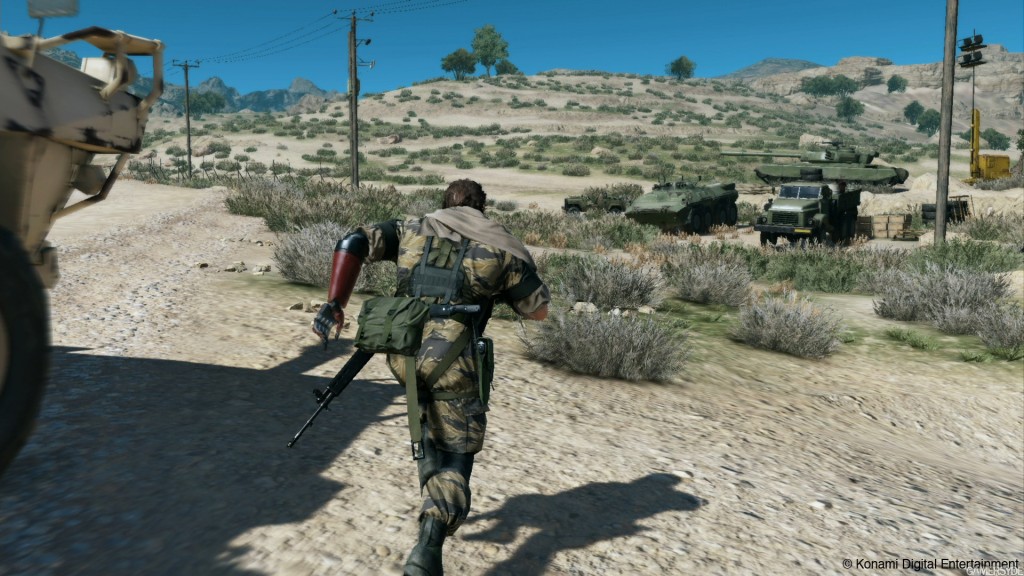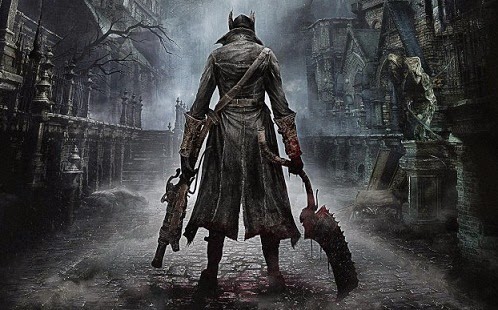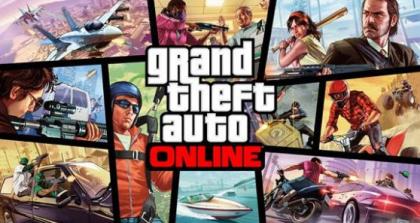

SPOILERS: This review contains MAJOR SPOILERS for Life is Strange: Episode 2.
Like the previous two episodes, the mellow, indie-rock aesthetic of Life Is Strange Episode 3: “Chaos Theory” hits a mix of sweet and sour notes. “Chaos Theory” proves that your choices really do matter, and that the consequences of your previous actions might be tough to swallow, whether it’s as small a thing as a dead plant or as large as a dead classmate. The gameplay sees marked (but not entire) improvement for Life is Strange Episode 3, and the pace slows a bit without floundering to give the player a little character grounding. Life is Strange Episode 3 proves that DONTNOD has the chops to create compelling characters, even through some dialog and tonal struggles.
After the shocking ending to Life is Strange‘s second episode, Blackwell is wracked with one of two major events: either Max Caulfield is Kate’s heroic savior, or she failed to talk her off the roof and save her life. Either way, the event leaves ripples throughout the school—condolence messages or wishes of good health appear on the dormitory whiteboards, and Max receives text messages praising her heroics or consoling her failure. Like any small town death, it affects everybody, even those who may have directly contributed to Kate’s pain.
But life carries on for Max and Chloe, as the story progresses to a sort of teen heist flick feel. Max and Chloe break into the principal’s office to rifle through his files, uncovering some information about Nathan Prescott and other Blackwell Academy students, including Chloe. In full teen-movie fashion, they also break into the school’s swimming pool, providing a sort of lighthearted, cute moment between friends in the midst of all the heavy emotional drama that drives the story forward.
Though breaking into the principal’s office is pretty extreme, Life is Strange Episode 3 is overall more slowly paced, letting character interactions drive the narrative forward.
The emotional respite continues for a little while, culminating in a curious moment between Max and Chloe—without directly spoiling anything, it neither confirms nor denies some popular theories about the nature of some of the game’s relationships.
This is becoming one of Life is Strange‘s most glaring shortcomings. It’s a game with tons of ambition in terms of storytelling, character diversity, and atmosphere, but the writers seem to lack the guts to really go for it. These wishy-washy moments show an inability to commit in key areas of sexual identity and representation—which feel significant to understanding our main character and the overarching story.
While we can accept that Max, after leaving Arcadia for some time, may not know everything about her best friend, it’s hard to know whether her thick-headedness is an attempt to convince herself of something about Chloe or herself. The answer that’s missing in that “curious moment” may be coming in later episodes, but the iffiness of this portrayal weakens the current impact.
Chloe’s characterization deepens significantly in this episode. Her forced interaction with her mother indicates at least some of her teen angst is a performance; it serves well as a distraction and raises questions like, how often is what she says and does real? How much of it is her attempting to affect a world that frequently seems out of her control?
Like many of the game’s consequences, the dead birds signify something big just around the corner.
The pace picks up significantly in the third act as dead birds appear on lawns, Chloe and Max break into Frank’s trailer, and Max discovers a new, game-changing ability that ends with a gut-punch of a twist. While effective at eliciting a response, the twist also feels a little juvenile, reminiscent of the cringe-worthy heaviness of time travel consequences in The Butterfly Effect. DONTNOD may be able to pull it off depending on the writing in episode four, but ending on such a striking moment can backfire as players find themselves alienated, unmoved, or actively groaning at the cliché nature of Life is Strange Episode 3‘s final moments.
Combined with the earlier, confusing scene between Max and Chloe, this big shocker of a reveal shows that DONTNOD is actively trying to do something different with their game. Unfortunately, their portrayals of underrepresented people and groups are either played for shock (in the case of the ending), or they aren’t explicit enough to be truly effective and moving—favoring hints and wink-wink-nudges that accomplish little. Improving these elements would make for a stronger game overall, as the commitment to gutsy moves elsewhere in the story make these parts feel half-hearted by comparison.
Episode 2 wasted the potential of time travel mechanics on mindless minigames and a repetitive shooting scene, characterized by tedious guessing, checking, rewinding and little else. Life is Strange Episode 3 does improve on this—there’s a lot more use of Max’s ability to carry objects with her through time, resulting in puzzles that require more thinking outside the box and less guessing and checking. While one of those Episode 2-style puzzles does surface in this chapter, it’s a lot easier to avoid depending on how you think of David, Chloe’s stepfather. It’s a revealing little moment, not only about the character himself, but about the player’s perception of him.
Yes, Life is Strange Episode 3 still struggles a bit with its dialog, but it seems to be more aware of it at least. There’s an instance where Chloe points out that Max has adopted her use of ‘hella.’ Being self-aware doesn’t improve the sometimes trying-too-hard nature of the writing, but even this minor acknowledgment makes you consider that it might be deliberate, as opposed to a developer misstep or oversight.
Max discovers a new power in the final minutes of Life is Strange Episode 3, significantly altering the future of the game.
Life is Strange Episode 3, like its predecessor chapters, is pretty ambitious. It attempts to blend time travel, teen drama, and social issues into one successful mix, but can’t seem to get all these elements to meld and land as well as it would like. Despite some noncommittal moments and sustained writing struggles, Life is Strange Episode 3‘s earnest and abundant heart keep it moving forward with plenty of promise.
Life Is Strange Episode 3: Chaos Theory is available now for PC, PS3, PS4, Xbox 360, and Xbox One.




 Bloodborne - Survival Guide
Bloodborne - Survival Guide Star Wars Battlefront Multiplayer Beta Guide: Tips and Tricks to Winning
Star Wars Battlefront Multiplayer Beta Guide: Tips and Tricks to Winning Batman: Arkham Asylum Guide
Batman: Arkham Asylum Guide Wolfenstein: The New Order Weapon Locations and Upgrades
Wolfenstein: The New Order Weapon Locations and Upgrades GTA V PS4/Xbox One Guide: How To Take Selfie And Snapshots With Snapmatic App
GTA V PS4/Xbox One Guide: How To Take Selfie And Snapshots With Snapmatic App